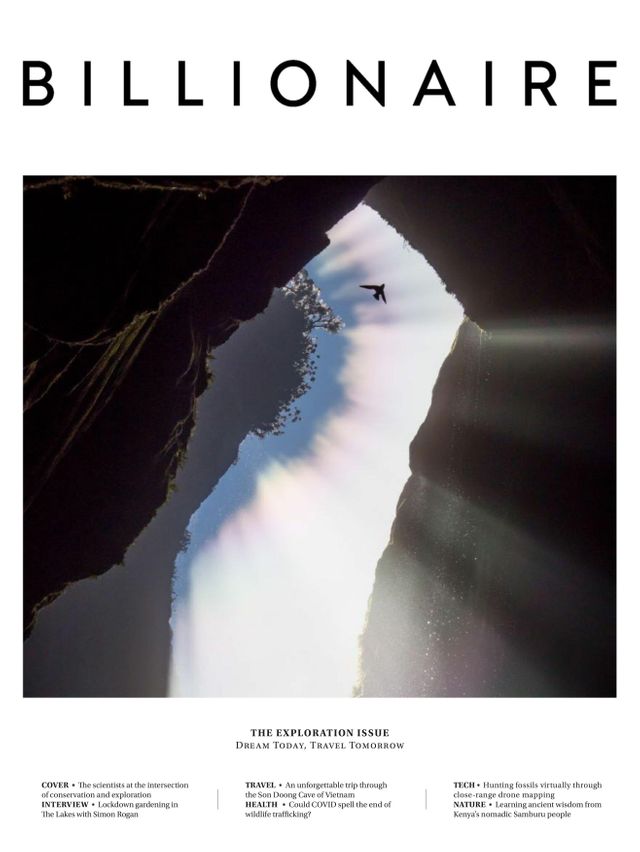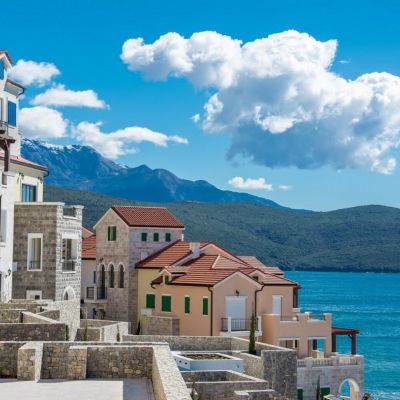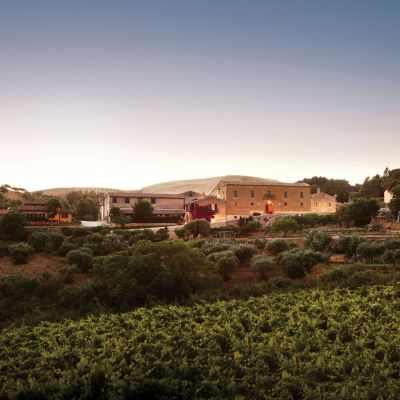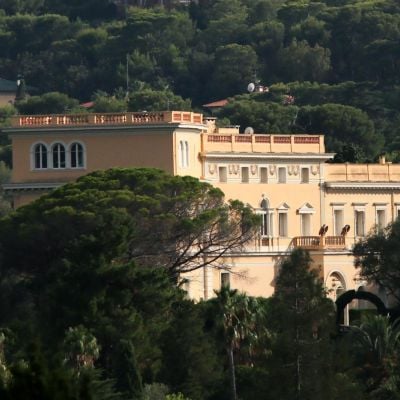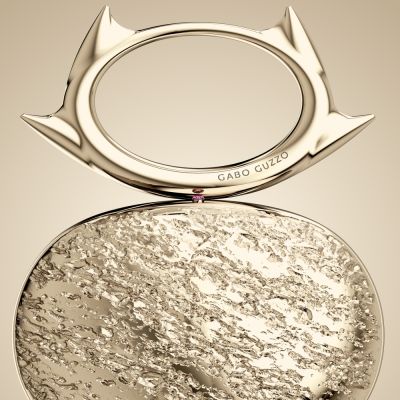The Designers Behind The New Wave Of Green Superyachts
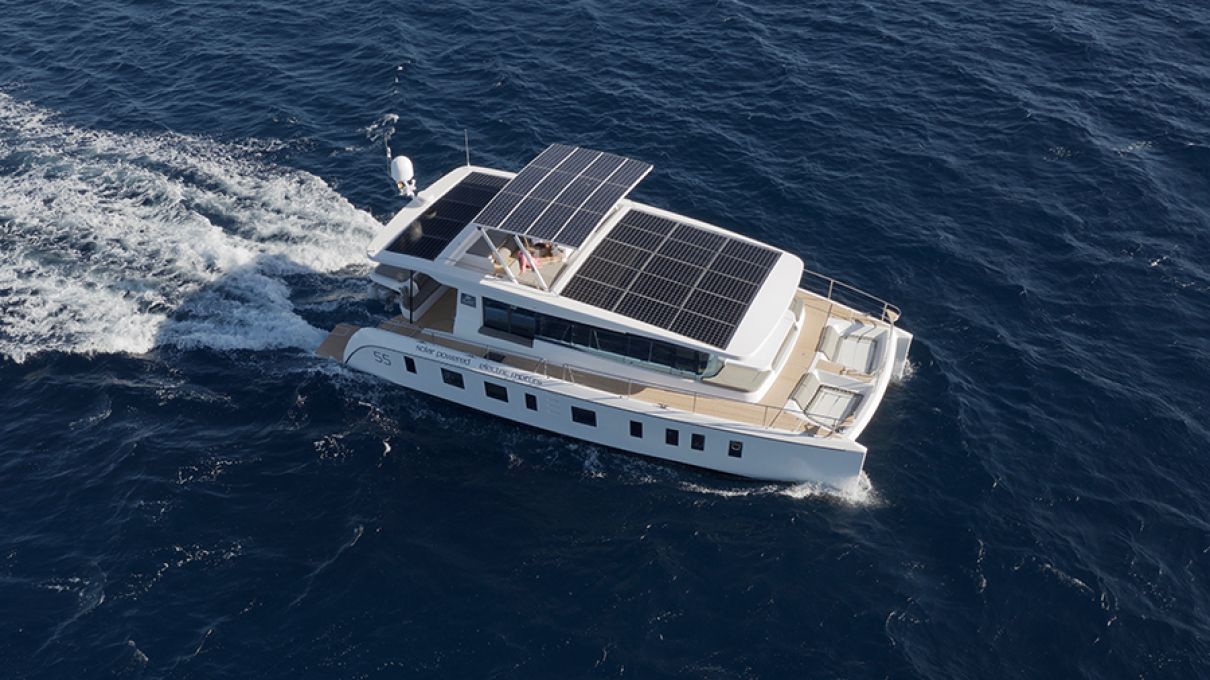
Chartering a superyacht is an ideal way to escape the crowds, but not at the expense of the environment.
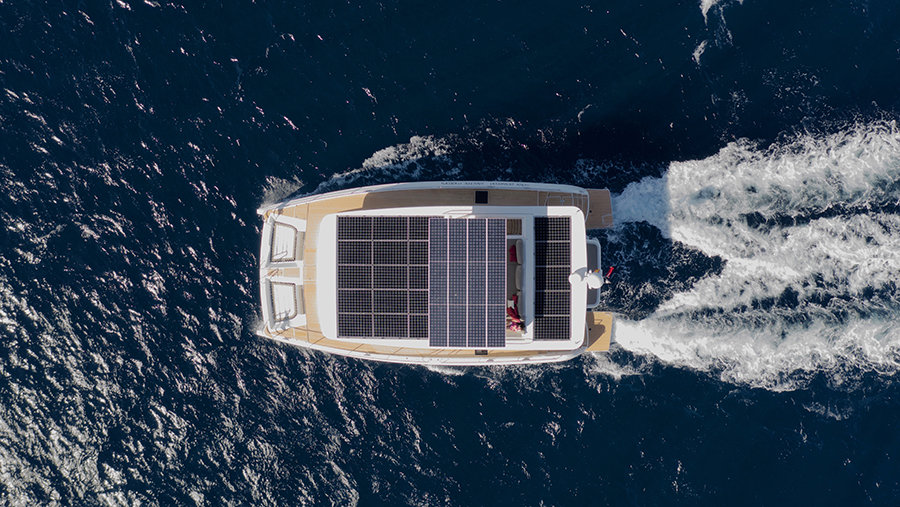
When entertainment billionaire David Geffen posted that he was self-isolating on his superyacht during the onset of the pandemic, it ruffled a few feathers. But the truth is, there are few better ways to safely social-distance than on the water in a remote bay off a hidden island.
The importance of sustainability has never been more urgent, and in reality the yacht designers which can combine high efficiency and low-emissions will be the winners, when COVID-19 induced lockdowns are eventually relaxed.
Here we take a look at eight yacht designers who are leading the green movement.
Philippe Briand
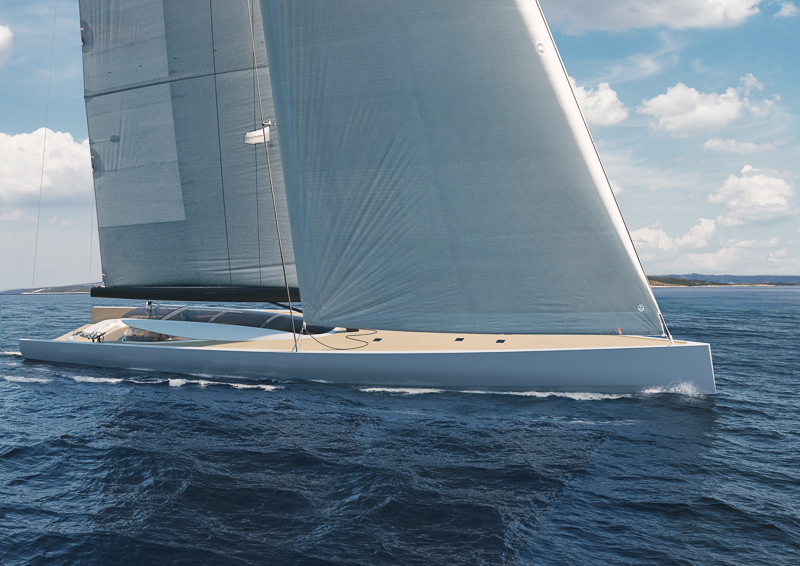
This French-born, London-based designer is a prominent player in the clean yachting industry, being one of the founders of Water Revolution Foundation, an association that drives sustainability in yachting. He recently designed the zero-emissions 63-metre superyacht SY200, being fully wind-propelled with sails created to harness up to 2,000kW of power in optimal wind conditions, allowing the yacht to reach speeds of over 20 knots.
Thanks to Briand’s high-performance hull design and the yacht’s hydrodynamic efficiency, the yacht’s turbines could provide power equivalent to a 500kW generator while cruising comfortably at 15 knots. Briand, an industry veteran of 30 years, commented that while previously he designed sailing yachts for the express purpose of winning regattas, now this competitiveness is no longer an appealing motivation for today’s younger generation of yacht owners. As a result, the market for such advanced sailing yachts is dramatically down.
“I believe we need to embrace ‘lateral thinking’ when it comes to the future of sailing yacht design. We want to work alongside owners to create the perfect renewable energy machine, using only wind, water and solar energy to run the yacht and provide an exceptional experience of peace on board and exploration of the sea," he said. “Instead of using competition between owners as a motivator, environmental sustainability will become the reason to push the boundaries of technology and efficiency in superyachting. This is something we are very passionate about.”
Oceanco
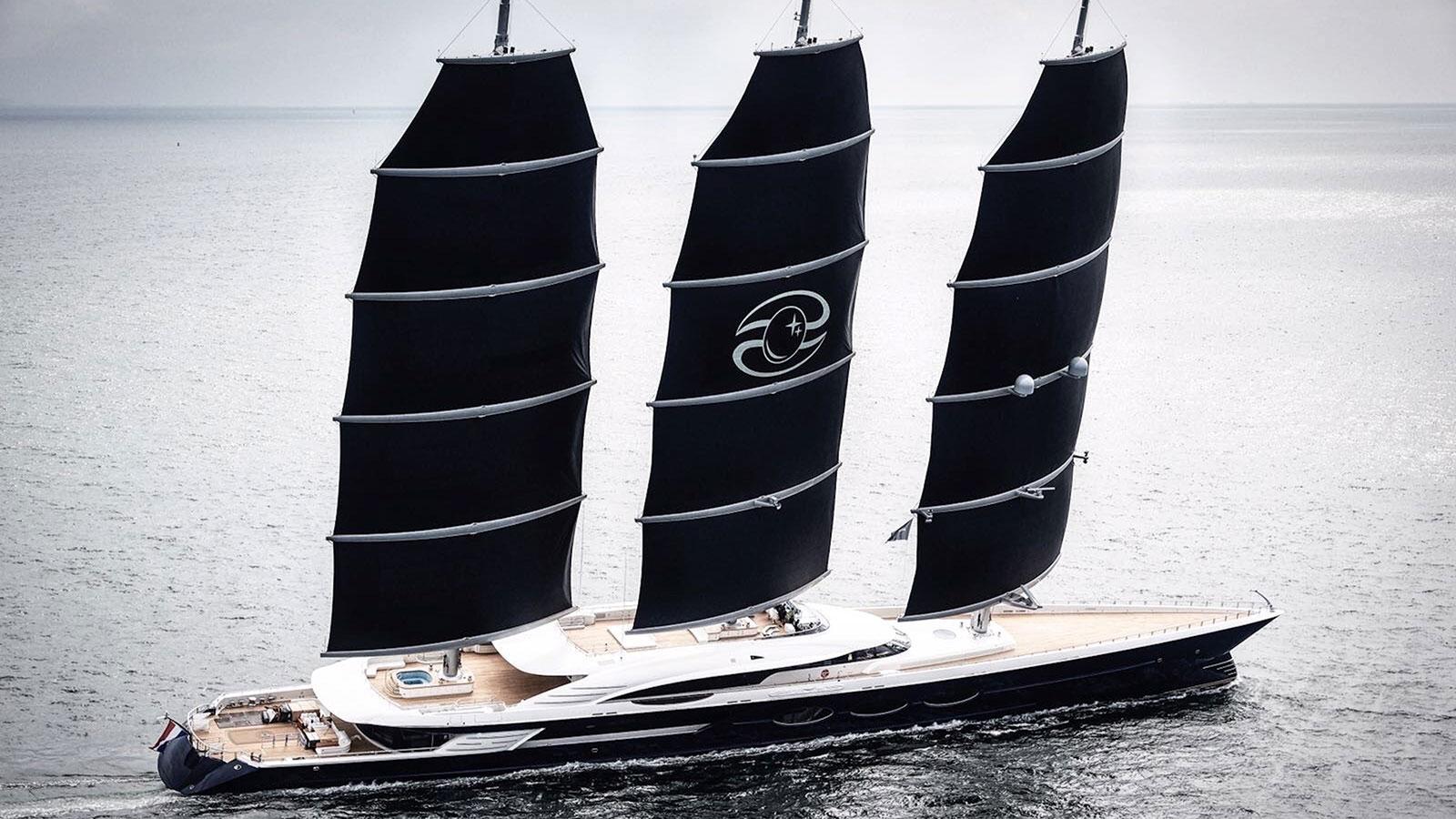
Dutch shipyard Oceanco created one of the largest zero-emissions yachts with Black Pearl. Delivered to her owner, Russian tycoon Oleg Burkakov in 2018, she reportedly cost US$200m to build. Energy efficiency is paramount and she can cross the Atlantic on only 20 litres of fuel. From the HVAC system to the iconic DynaRig sails that allow the yacht to maximise wind energy, down to only reusable water bottles on board to prevent needless waste from being created, this is one of the world's most innovative eco-yachts.
Silent Yachts
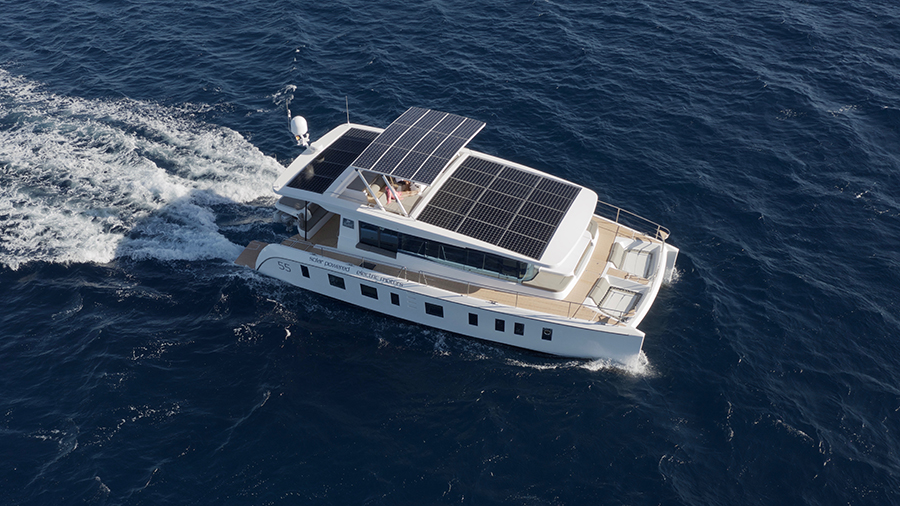
This Austrian catamaran builder is a game changer for the production of the first full electric solar powered ocean-going catamarans. They are global leader for this range with 30 distinctive solar panels on the roof rated for approximately 10 kilowatt-peak, the Silent 55 uses maximum power point tracking solar charge regulators and lithium batteries, which provide capacity for all-night cruising, while a 15-kVA inverter provides power for all household appliances. The systems require hardly any maintenance and produce no fumes or noise. Because of that, the operational costs of the vessels are substantially lower compared to power yachts using more traditional propulsion systems. The Silent 55 can cruise efficiently for up to 100 miles a day for weeks. At the same time, the arrangement of the components enables the system to power all onboard systems without need of fuel to power a generator.
Michael Köhler, Silent Yachts CEO, said “What this represents to the yachtsman, among other features, is the ability to cruise for many hours at normal speed and throughout the entire day and evening at reduced speed. Silent Yachts sets the standard for an entirely new dynamic in yachting: No fuel. No maintenance. Pure solar-powered luxury.”
Tankoa Yachts
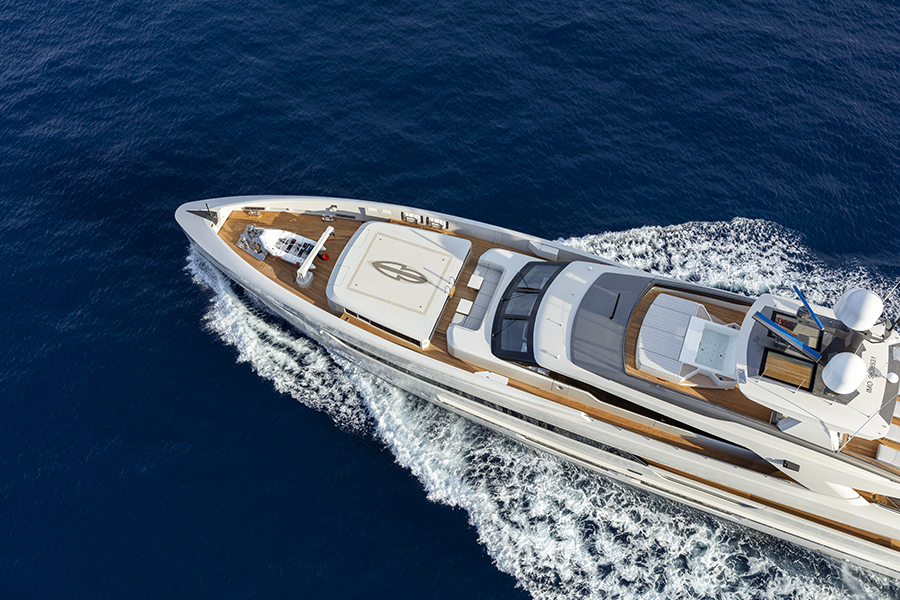
With designs by Francesco Paszkowski and Margherita Casprini, the latest two 72m and 50m designs from ultra-luxury Italian superyacht shipyard Tankoa, received awards for their sustainability at the Monaco Yacht Show 2019. The 50m M/Y Binta D'Or has a hybrid propulsion system that offers various near-silent operating modes and a helicopter landing pad on the foredeck and storage for 5 e-bikes. The yacht can accommodate 10 guests across 5 cabins and the master suite has fold down balconies on both sides. In hybrid mode, at 12 knots, the yacht will have a cruising range of approx. 4,000 nm.
Arcadia Yachts
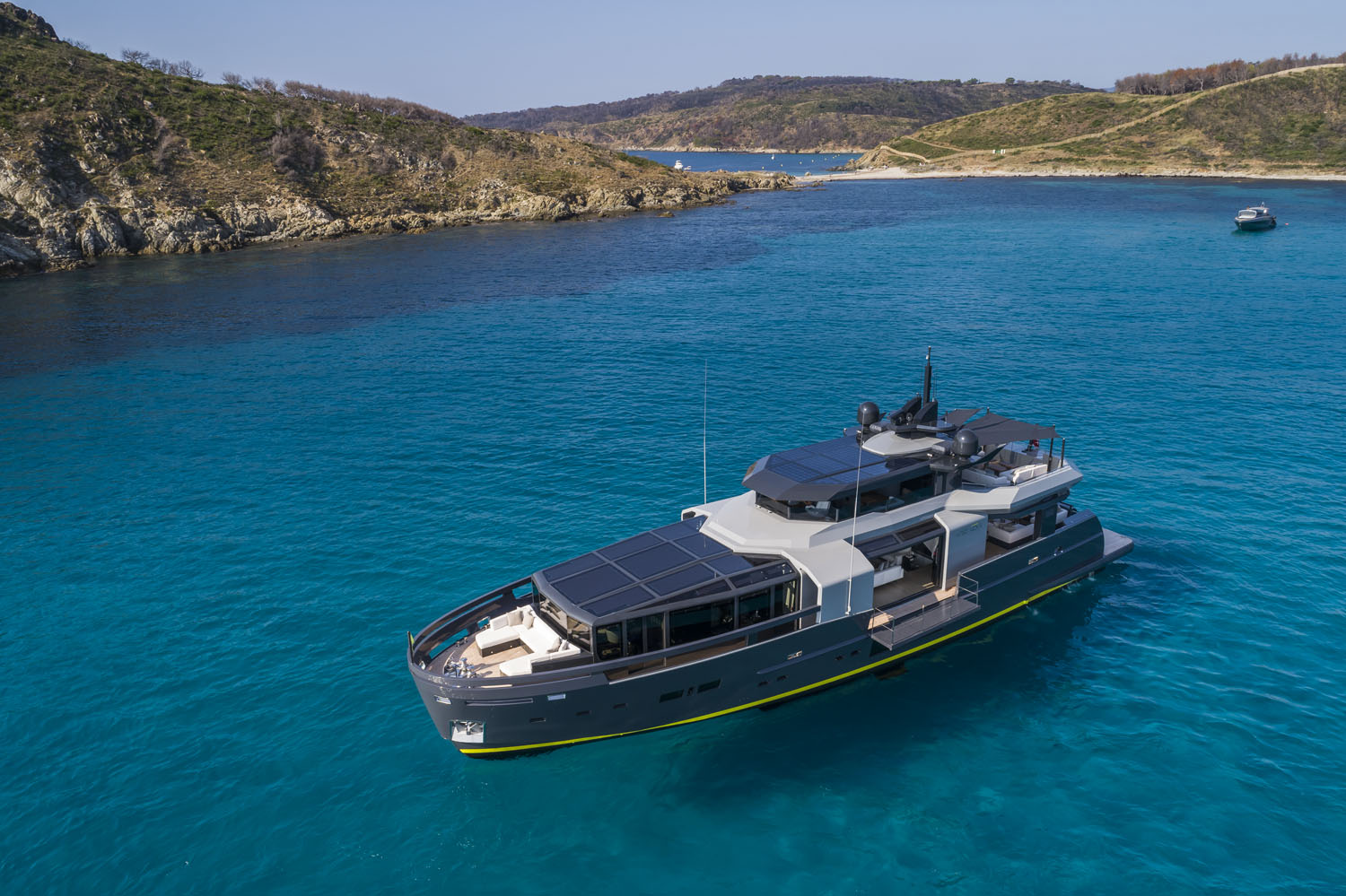
Naples-based shipyard Arcadia was one of the first to use solar panels in the luxury yachting industry, back in 2010. Its integrated solar panels reduce generator use so that guests can luxuriate in the sounds of nature while resting at anchor. Extensive use of leading-edge thermal-insulating glazing is further evidence of the yard’s commitment to its green principles.
The 36 square metre system of panels, each comprising hundreds of photovoltaic cells, yields a power output of 4.2 kW. This is enough energy to power many electrical appliances and units, including fridges, water pumps, WCs, lights, A/V and electronics while the batteries recharge.
Feadship
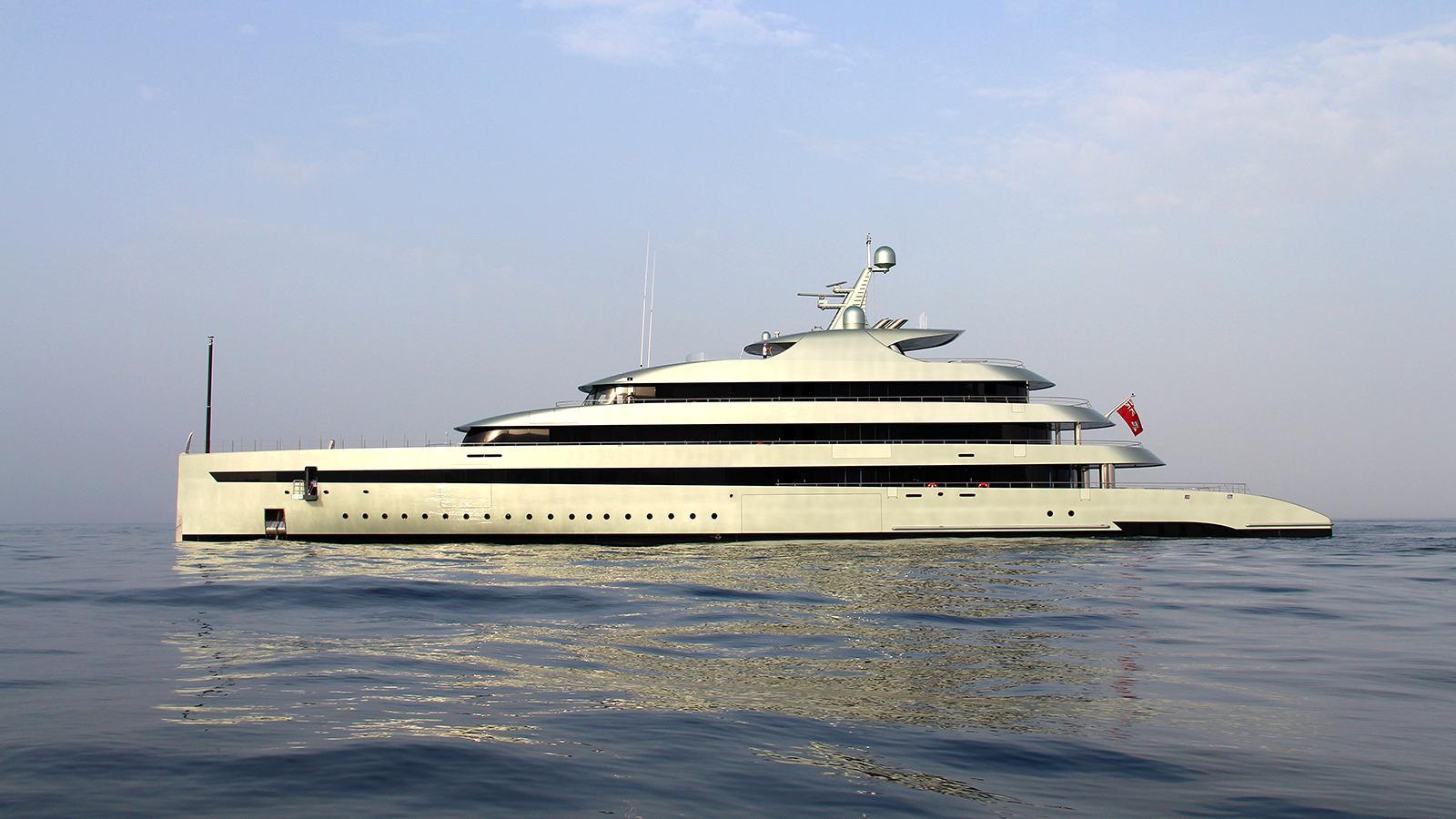
Savannah is an eco super-yacht built in 2015 at the Dutch Feadship yard for a reported cost of US$100m. The 83-metre yacht is the first eco-friendly yacht built by Feadship, that blends a single diesel engine, three gensets, batteries, propeller, and azimuting pioneering electro-mechanical propulsion platform. The pioneering electro-mechanical propulsion platform offers fuel economies of thirty per cent, and further innovation comes in the form of a floating superstructure, an underwater lounge and the ‘open’ aft deck areas.
Nuvolari Lenard
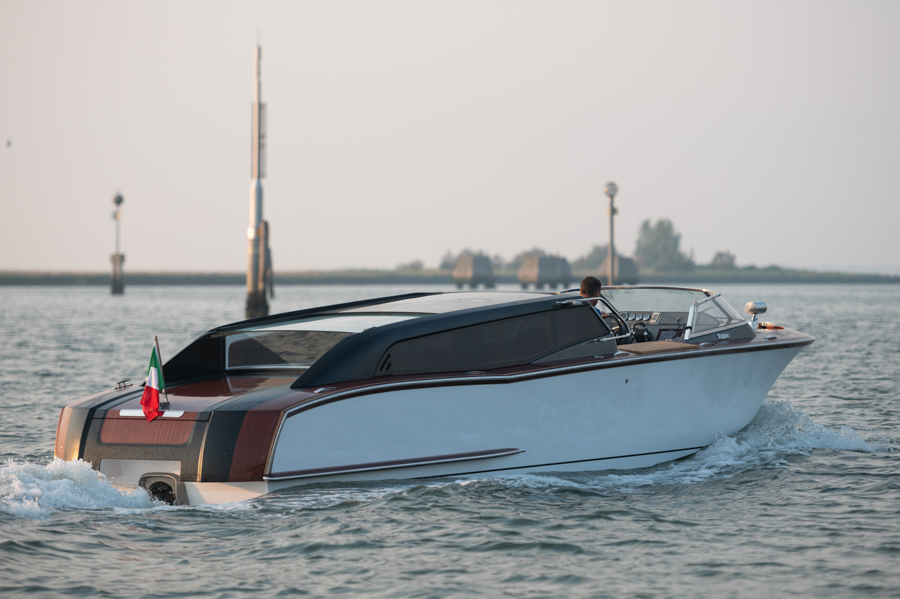
World renowned designers Nuvolari and Lenard produced a special hybrid limousine water taxi produced for their home town of Venice. Thunder is a 14-seater with revolutionary green technology powered by diesel electric hybrid propulsion. Given concerns over the future of the historic city as pollution and over-crowding take their toll, the designers felt an obligation to create an alternative.
"This is a project that takes on an almost symbolic value in a moment like the one we are experiencing, in which we have the opportunity to direct our choices towards a more sustainable way of life. In this perspective, the choice to base this project on a hybrid engine is a fundamental component," said Carlo Nuvolari. "As Venetians, Dan have experienced first-hand the damage that is being caused to its delicate structures, through air and noise pollution as well as physical erosion. We felt that Nuvolari Lenard was well placed to lead the charge in finding a solution, through a unique project dedicated to helping Venice."
He explained that diesel electric hybrid propulsion seemed to be the most efficient solution for Venice’s particular requirements. Short battery life is a common concern for many hybrid propulsion systems, but in Venice the water taxis make regular trips to the airport in open water where they travel at higher speeds using diesel, which gives the batteries time to recharge, even if not completely, for when the vessel returns to the low-speed confines of the city’s waterways, at which point it will only draw on the stored electric power.
Nuvolari Lenard has recently received a request for the 9.2-metre vessel to be used as a limousine tender for a superyacht client.
Anna Borla

Anna Borla's concept for Hide
The upcoming Italian designer Anna Borla, who was named Yacht Designer Finalist of Young Designer of the Year 2020, designed the eco-yacht Hide to camouflage with the landscape and allow plenty of privacy.
"I wanted to design a boat with minimal lines that has respect for the environment. Usually boats want to show their design but Hide wants to blend with the environment around her," she said. She used a variety of dark glass to reflect the surrounding landscape, with large, comfortable spaces with an eye on discretion. "The huge open bow gives a spacious area for fun that is hidden from the stern when the boat is moored in the marinas," she said.
On the top, thanks to the flat superstructure, a prospective builder could install huge photovoltaic panels area. Borla designed the yacht to have plenty of space for lithium batteries and an electric drive and for her interiors design, she used eco-friendly materials and furniture made with recycled textiles.

